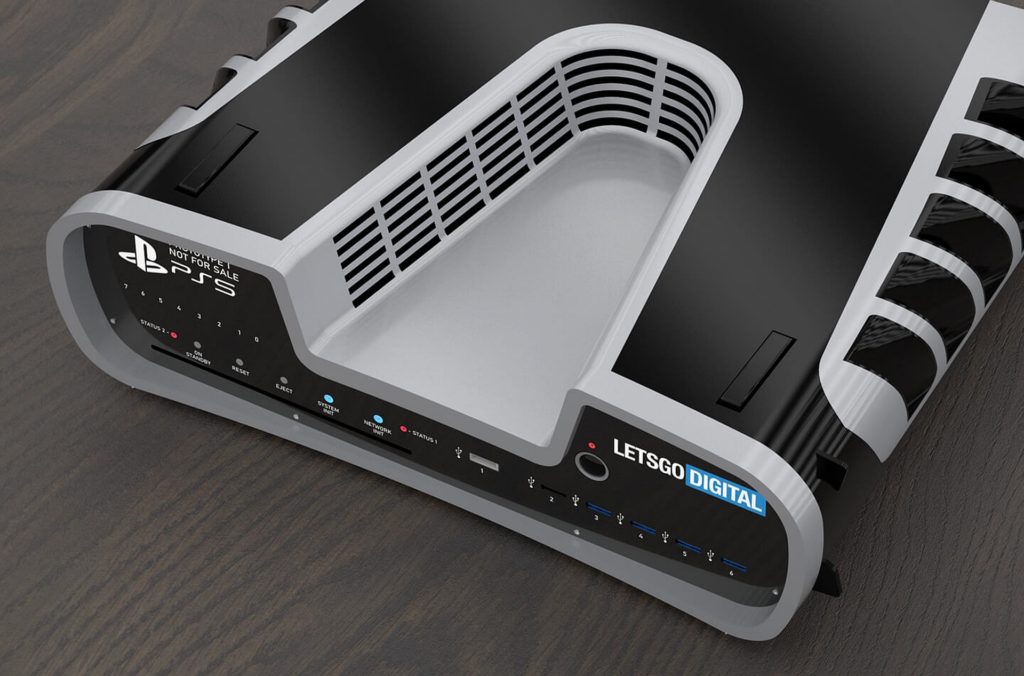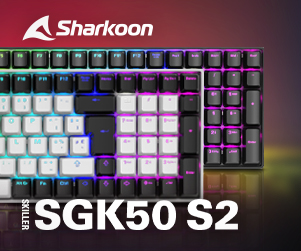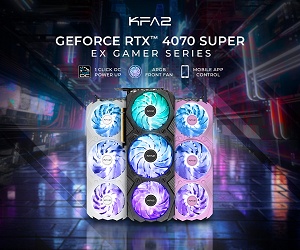After Mark Cerny's highly technical, but also somewhat boring PS5 deep dive ("So never, Sony! Why the PS5's GDC presentation was actually a covert disaster") left many questions unanswered, especially after the PlayStation 5 system architect revealed that Sony's next-generation console will have ariable clock speeds based on AMD's SmartShift technology for laptops. So far, game developers have put a lot of effort into optimizing their games for fixed clock speeds, leading many (including John Linneman of Digital Foundry) to speculate that this could most likely be a problem.

However, in a follow-up interview with Digital Foundry published on Eurogamer two days ago, Cerny made it clear that the PS5 will not have such problems, as everything will be processed automatically by the system. However, he confirmed the support of the console devkit for fixed clock rates, as this can be helpful in game development. Still, he added that all PlayStation 5 titles after their release will use SmartShift-based technology to maximize performance.
Developers don't need to optimise in any way; if necessary, the frequency will adjust to whatever actions the CPU and GPU are performing. I think you're asking what happens if there is a piece of code intentionally written so that every transistor (or the maximum number of transistors possible) in the CPU and GPU flip on every cycle. That's a pretty abstract question, games aren't anywhere near that amount of power consumption. In fact, if such a piece of code were to run on existing consoles, the power consumption would be well out of the intended operating range and it's even possible that the console would go into thermal shutdown. PS5 would handle such an unrealistic piece of code more gracefully.
Regarding locked profiles, we support those on our dev kits, it can be helpful not to have variable clocks when optimising. Released PS5 games always get boosted frequencies so that they can take advantage of the additional power.
One of our breakthroughs was finding a set of frequencies where the hotspot – meaning the thermal density of the CPU and the GPU – is the same. And that's what we've done. They're equivalently easy to cool or difficult to cool – whatever you want to call it.
This also answers the question of how Sony managed to achieve such high 'boost clocks' on the GPU in the first place. Because it can really be doubted that the PS5 can achieve a maximum "boost" frequency of a whopping 2.23 GHz on the GPU often enough. Cerny mentioned finding various "hotspots" at frequencies as one of the breakthroughs in the design phase of the new console. It may be speculated whether AMD will also use SmartShift technology on its RDNA 2 graphics cards for desktop PCs. As it stands, we will be smarter in October.
Sources: Digitalfoundry, Eurogamer, AMD































Kommentieren